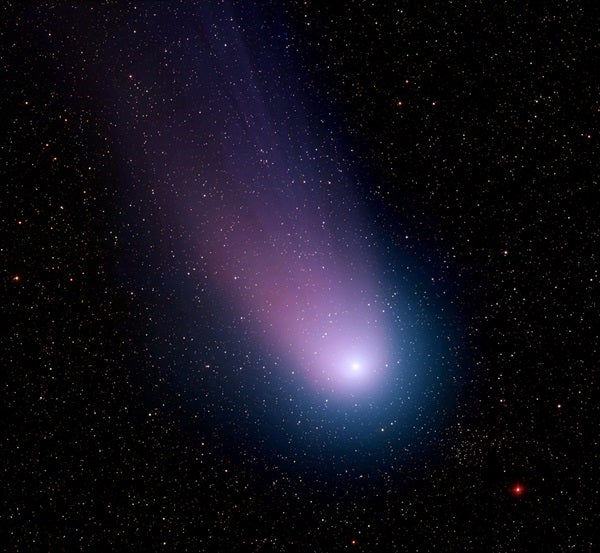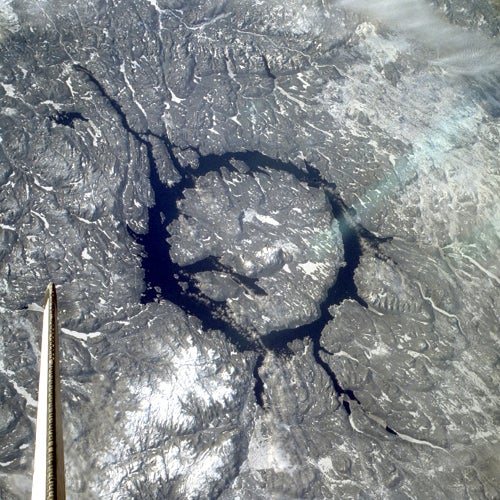Understanding how life began on Earth engages many fields of science. It’s a complex question involving related bits of physics, chemistry, astronomy, and biology. Things have come a long way since the fourth century B.C., when Aristotle taught that life arose on its own from inanimate objects.
Critical findings of the past five decades all point to a picture of how complex, self-replicating cells could have commenced in Earth’s early days. In the 1950s, chemists Harold Urey and Stanley Miller demonstrated that small, life-related molecules, such as amino acids, could have formed under conditions likely present on the young Earth.

Bringing the universe to your door. We’re excited to announce Astronomy magazine’s new Space and Beyond subscription box – a quarterly adventure, curated with an astronomy-themed collection in every box. Learn More >>.
Phospholipids, components of biological membranes, form cell-like structures spontaneously. Chemical compounds called nucleotides, linked up during chemical reactions, could have formed self-replicating RNA molecules.
The ribosomes in cells, where RNA translates genetic code into proteins, could have formed out of precursor molecules and begun to synthesize proteins. And proteins themselves would likely have become dominant life-related large molecules, leaving RNA and other nucleic acids to carry genetic “blueprints” down subsequent generations.
Based on the realization that life could get going on early Earth despite hostile conditions, scientists have developed several theories about how it first emerged. One idea is the so-called RNA world hypothesis. This suggests that RNA molecules could have formed spontaneously and catalyzed their own replication.
So-called metabolism-first models come next. These ideas suggest a primitive metabolism arose and led to the development of RNA. The so-called bubble theory suggests organic molecules concentrated on ocean shores just as bubbles concentrate in breaking waves. When enough prebiotic material came together to form the right chemical reactions, the development of living systems began.
Other models include physicist Thomas Gold’s “deep-hot biosphere,” which posits that biomolecules formed several miles below Earth’s surface.
Some suggest comets may have delivered Earth’s organic materials. In the solar system’s early days, Earth underwent a period of heavy bombardment. Hundreds of thousands of small bodies crashed into the planets and their moons. Vast numbers of comets and asteroids struck Earth, and they left behind incredible amounts of water. In fact, impacts may have delivered much of the water now contained in Earth’s oceans.
But comets likely left other important chemicals behind. Complex organic molecules like amino acids exist on asteroids, and probably on comets, too. The Murchison meteorite, a carbonaceous chondrite that fell in Australia in 1969, contained two types of amino acids. Impacting comets could have deposited these protein building blocks, crucial for living organisms, into Earth’s oceans before complex cells developed.
Experiments show complex organic molecules can survive the crash of a comet or asteroid. How significant were cometary contributions in seeding the young Earth with organic chemicals? No one knows.












